
Nepal Investment Summit: High Hopes, Disappointing Outcomes
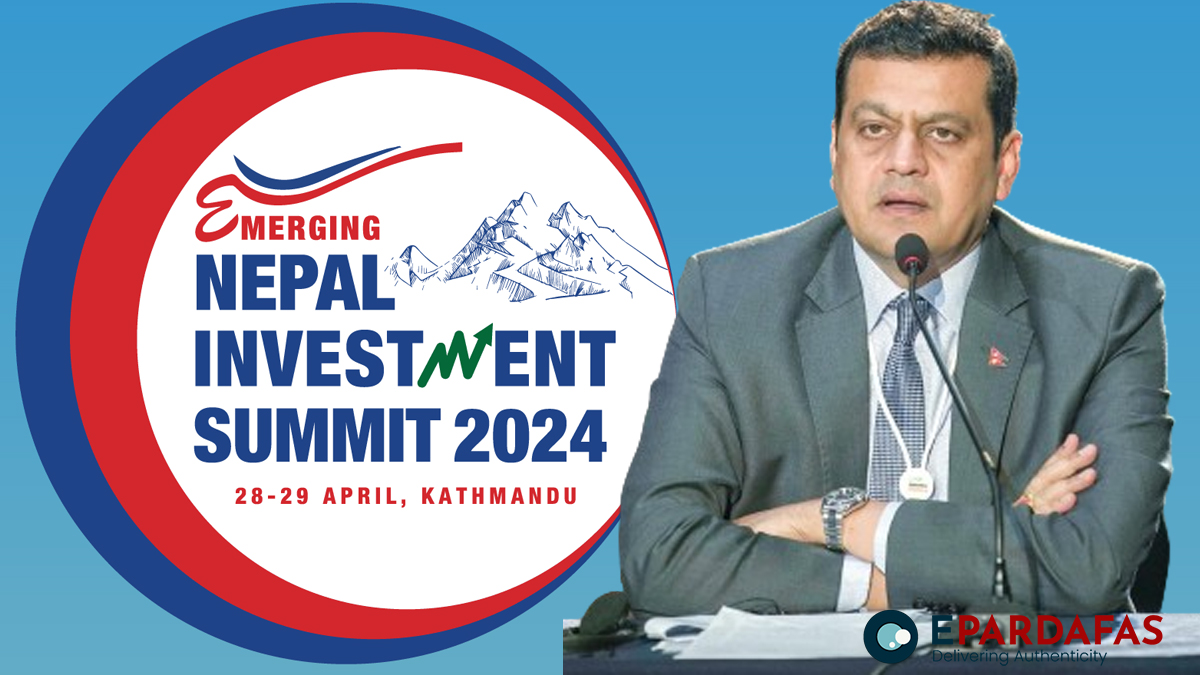
Nepal’s much-anticipated Nepal Investment Summit, held in April, aimed to boost foreign direct investment (FDI) in the country. The event, which the government organized at a significant cost, promised to transform the economic landscape by attracting substantial foreign investments. However, the results have been far from impressive.
The Department of Industry’s statistics reveal that in the first 11 months of the current fiscal year, Nepal received investment pledges amounting to Rs44.41 billion. While this represents a 62.65 percent increase compared to the same period last fiscal year, the actual impact on the ground remains negligible. Government officials optimistically predict that around 30 percent of this commitment could materialize, but historical trends paint a less promising picture.
Nepal’s FDI journey has been inconsistent. The highest pledges were recorded in 2014-15, with Rs67.45 billion, coinciding with the devastating earthquakes. Subsequent years saw a drastic decline, with Rs15.25 billion and Rs15.20 billion in 2015-16 and 2016-17, respectively. The commitments rebounded to Rs55.76 billion in 2017-18, following the first investment summit, only to drop again in subsequent years. The second investment summit in 2019-20 garnered pledges of Rs37.80 billion, and the post-Covid fiscal year 2021-22 saw Rs54.15 billion in commitments. The last fiscal year’s pledges plummeted to Rs30.69 billion, primarily due to political instability and inconsistent policies.
Despite the gloomy performance, officials remain hopeful. Shankar Singh Dhami, Director of the Foreign Investment and Technology Transfer Section of the Industry Department, attributed the recent increase in pledges to the investment summit. The summit approved investment commitments totaling Rs9.13 billion on April 28–29. In the first 11 months of the current fiscal year, commitments for 359 projects were received, potentially creating employment for 10,120 people.
However, critics argue that the government has not done enough to stabilize the political environment or improve the investment climate, amid recurring corruption scandals. The private sector concurs, pointing to a decline in manufacturing and overall economic activity.
The summit, attended by over 1,700 investors from 55 countries, showcased 150 projects. Despite this, private sector officials were left disappointed with the outcomes. The government had even amended several laws to attract FDI, and the launch of an automatic route for foreign investors to invest in sectors without prior approval from other authorities was a notable step. This new route covers sectors such as energy, agriculture, infrastructure, communication, and manufacturing.
Recent months have seen some positive developments. The department received an FDI commitment of Rs11 billion after streamlining the investment process. Notably, an investor proposed building a commercial complex, and there are a few commitments for large-scale industries. Dhami mentioned that Rs7 billion of the pledged amount had already been realized, with expectations that 20–30 percent of the total pledges will be actualized by the end of the current fiscal year.
According to Nepal Rastra Bank, the central bank, actual FDI reached Rs6.98 billion in the first ten months of the current fiscal year, compared to Rs4.36 billion in the same period last year. Investment commitments have predominantly come for small-scale industries, with Rs33.14 billion pledged for 336 small-scale projects, Rs6.66 billion for four large-scale projects, and Rs4.47 billion for 14 medium-scale projects.
In a bid to attract more foreign investors, the government lowered the minimum FDI threshold to Rs20 million from Rs50 million last fiscal year. The service sector received the highest FDI commitments, amounting to Rs26.58 billion for 116 projects, followed by Rs10.12 billion for 172 tourism projects, Rs3.36 billion for five infrastructure projects, and Rs3.33 billion for 40 manufacturing projects. The industry department also recommended business visas for 2,008 investors, their 341 representatives, and 865 dependents during the review period.
While the government’s efforts to attract FDI are commendable, the actualization of these commitments remains uncertain. Without addressing the underlying political instability and improving the investment climate, Nepal’s dreams of becoming a hub for foreign investment may remain unfulfilled.
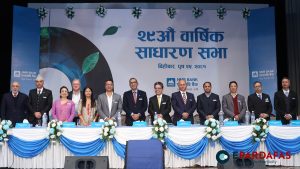
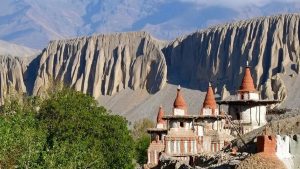
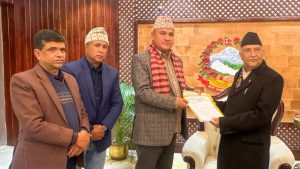
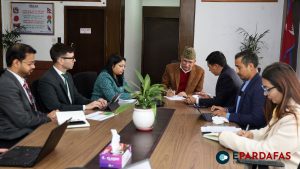
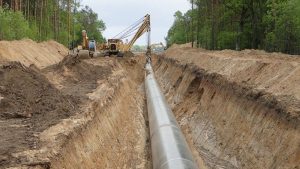
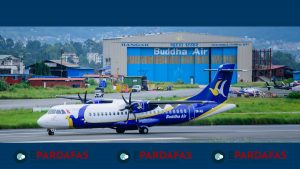

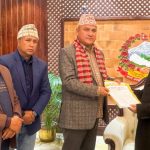
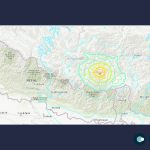



Comments